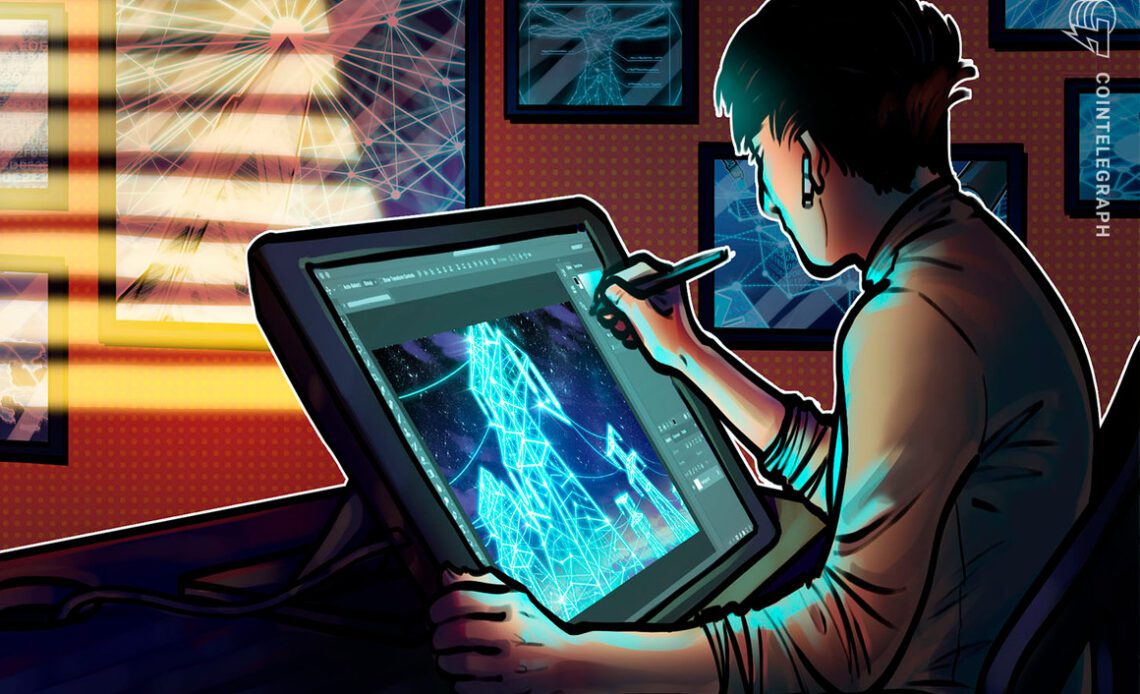With crypto in a state of turbulent flux, a demographic of nonfungible token (NFT) detractors in the fine art world might feel trigger-happy to, at last, declare the industry down for the count.
Meanwhile, artist, critic, dealer, educator and outspoken NFT proponent Kenny Schachter is celebrating the conclusion of Slow Food — his first New York City art exhibition in 25 years — at The NFT Gallery on Manhattan’s Lower East Side, fresh off the heels of headlining NFT Art Day ZRH in Zurich, Switzerland, coinciding with the iconic annual Art Basel art fair, less than 50 miles away.
In June 2022, Schachter had just presented the first-ever NFT booth wall at Art Basel with Galerie Nagle Draxler, expanding the acceptance of NFTs just before profile pictures became the face of their demise. Soon after, Schachter was spotted among the art world elite in Hydra, Greece, celebrating zeitgeist sculptor Jeff Koon’s first token drop with Pace Gallery.
Schachter told Cointelegraph that while his commitment to the intersection of blockchain and art hasn’t faltered since then, “it’s hardened.” The contentious art-world rabble rouser hails from a working-class Long Island, New York family. He studied philosophy, then law — worked in fashion and on the stock market floor — all before stepping foot in his first art gallery in his late 20s or making his name as an art market reporter. Schachter became an artist before the millennium turned, exhibiting his first computer animation in 1993 and producing digital prints as the decade ensued.
“As far as I’m concerned, I’m involved in art,” Schachter said. “That’s all I care about, more than pretty much everything, except for perhaps my kids.” Rather than encapsulating Schachter’s full oeuvre, Slow Food, which closed on June 17, focused on the artist’s most recent blockchain forays: a collaborative, evolving rumination titled Open Book, his new blockchain-based game Pop Principle, and a sculpture about the insidious trend of dinosaur bones being sold through art auction houses. An NFT accompanied each artwork — underpinning them all.
Riding out the booms and busts
When Schachter caught wind of NFTs in 2020, he brushed them off as another form of money before recognizing solutions for difficulties dogging his practice — wrapped in a blockchain bow.
Of course, digital art had long languished in the absence of a practical means to sell and trade it. A number of galleries offering digital…
Click Here to Read the Full Original Article at Cointelegraph.com News…
























